In high-frequency consumer electronics and medical-grade equipment, adapter overheating and circuit shorting are not just performance concerns—they may signal a potential fire hazard. While these issues are often treated independently, their co-occurrence can rapidly escalate the risk of thermal runaway or device ignition. This article explores the root causes, failure mechanisms, and proactive design measures manufacturers must take to prevent catastrophic outcomes.
Before failure becomes critical, several warning signs often appear:
Adapter overheating can result from improper load regulation, degraded thermal paste, or substandard power ICs. If unresolved, this heat buildup may lead to insulation degradation, ultimately triggering circuit shorting.
Excessive adapter heat can weaken or deform internal insulation, especially in low-cost or poorly ventilated designs. As heat degrades barrier layers or softens solder joints:
The result? A circuit shorting event, which may ignite nearby polymer materials or cause localized arc faults.
While not every instance of overheating leads to combustion, the combination of high current flow, compromised insulation, and combustible casing significantly raises the fire risk. According to IEC 62368-1 and UL 94 standards:
Manufacturers that ignore these parameters risk not just product failure, but liability for property damage or personal injury. Company web: https://www.powsmart.com/product/electric-toothbrush/
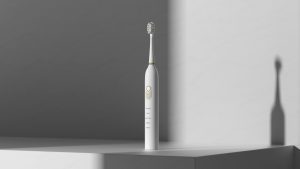
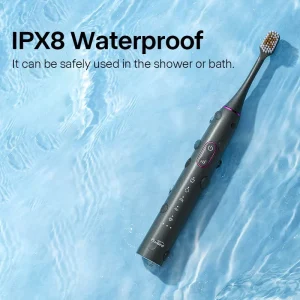
Several recurring engineering oversights contribute to the twin failure of adapter overheating and circuit shorting:
Each of these can become a compounding variable in a worst-case thermal-electrical failure chain.
To prevent failures and protect brand reputation, OEM and ODM manufacturers should integrate the following safeguards:
Moreover, every adapter design should pass through robust environmental stress testing (EST), including over-temperature cycling, high humidity tests, and voltage spike tolerance.
Regulatory compliance is not just a box to check—it’s a guarantee of safety and trust. For products sold internationally, consider:
Documentation of protection mechanisms against adapter overheating and circuit shorting should be part of your technical file and supplier audit package.
Is the combination of adapter overheating and circuit shorting a fire risk? Absolutely—and an avoidable one. As electronic device integration becomes denser, proactive thermal and electrical safeguards are no longer optional. For forward-thinking manufacturers, early investment in robust circuit architecture, certified components, and predictive thermal design is the only way to stay competitive—and safe. Contact Kiwibird

2025 Electric Toothbrush Promotional Sale: Opportunities for Brands to Scale with the Right Manufacturer
-2-scaled.png)
Small Business – Health & Household Oral Care Products
Light Decay Causing Gingival Discoloration?
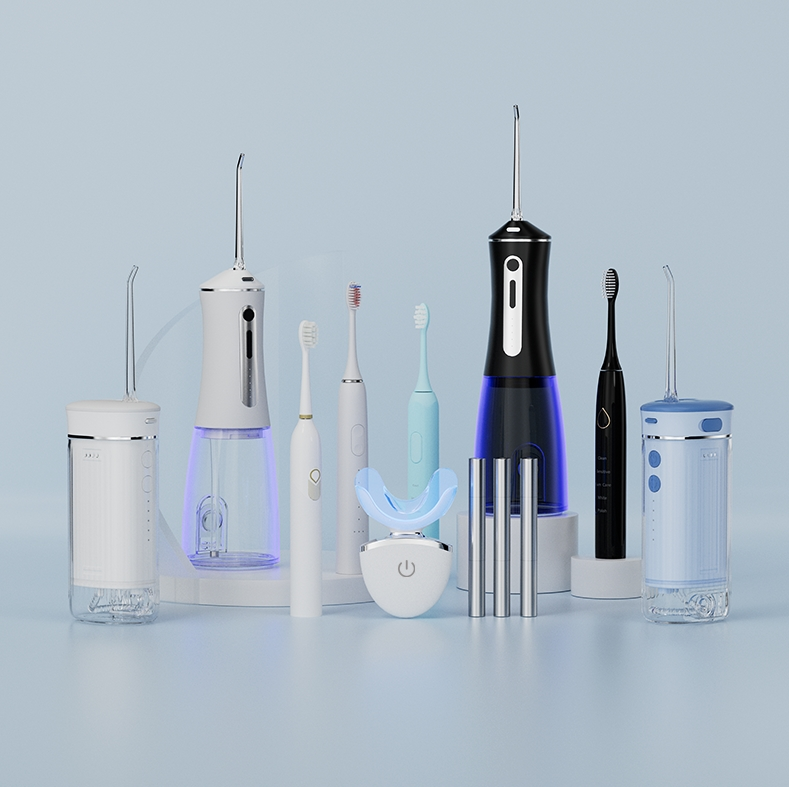
Are Oral Care Products Suitable for TK Small Businesses?
pH Imbalance Plus Taste Distortion – Toxic?
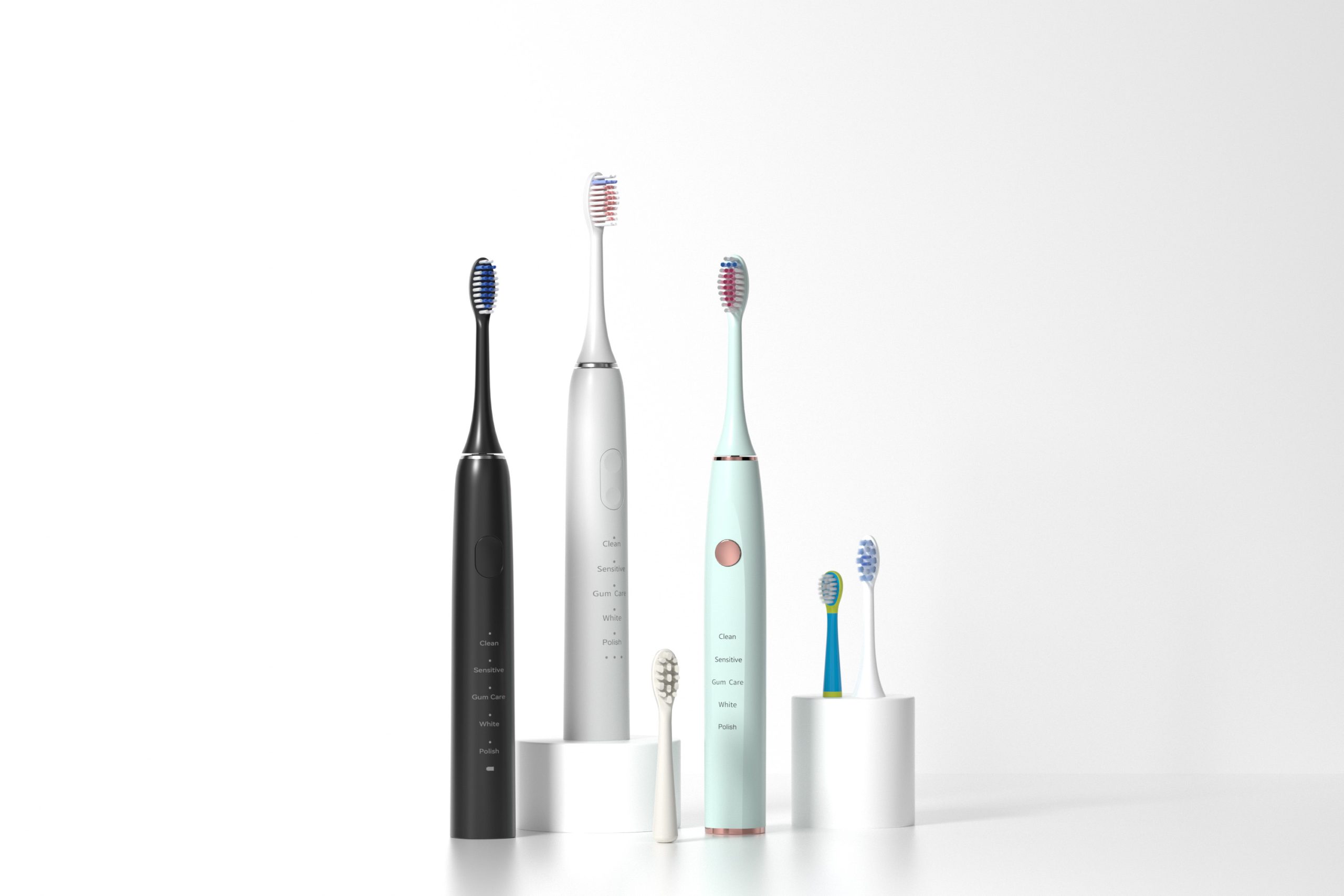
Oral care beauty trend :How Oral Care Became Beauty’s Sexiest New Category
Charging Corrosion with Mucosal Lesions – Fatal?
Indicator Failure Leading Periodontal Pocket Deepening – Undetected?
.jpg)
Taste Distortion Alongside pH Imbalance – Vicious Cycle?
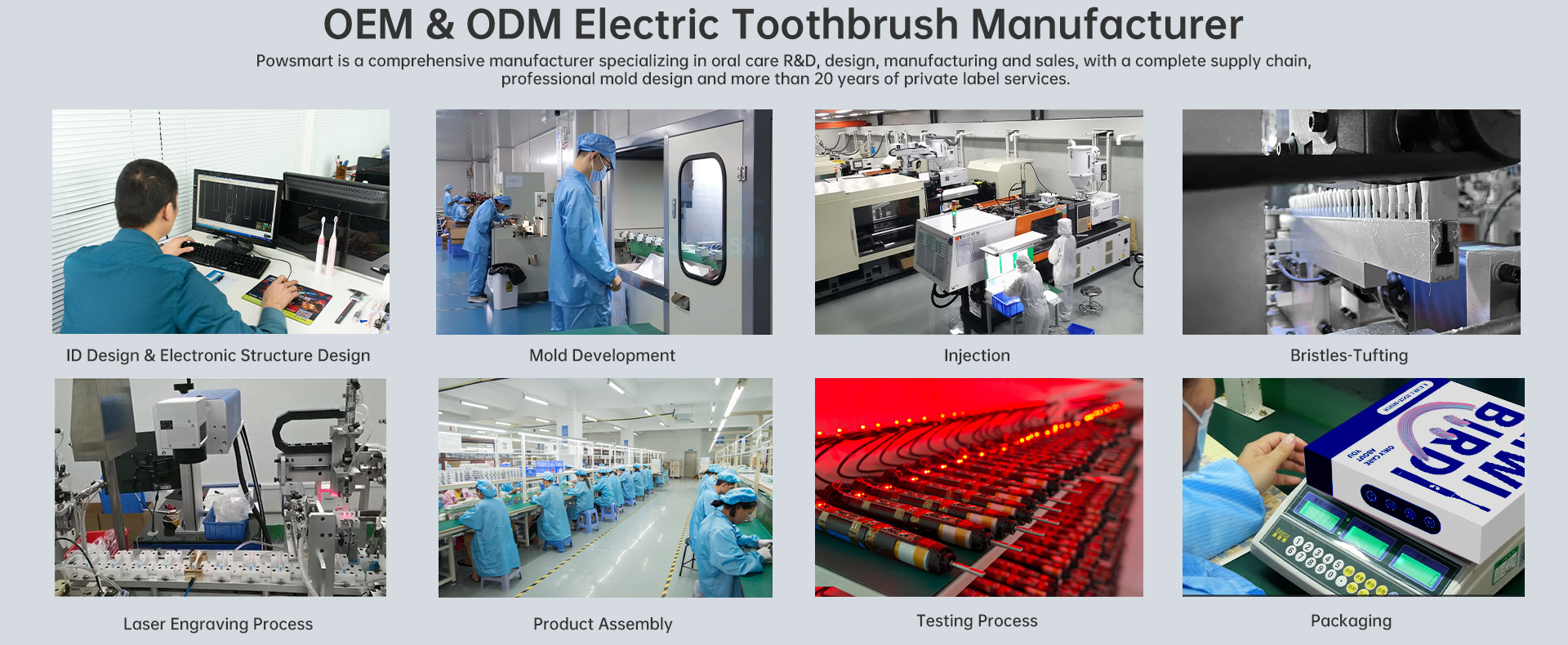
Professional electric toothbrush factory
.jpg)
KiwiBird Launches Bulk Personalized Toothbrush Customization Service, Redefining Oral Care
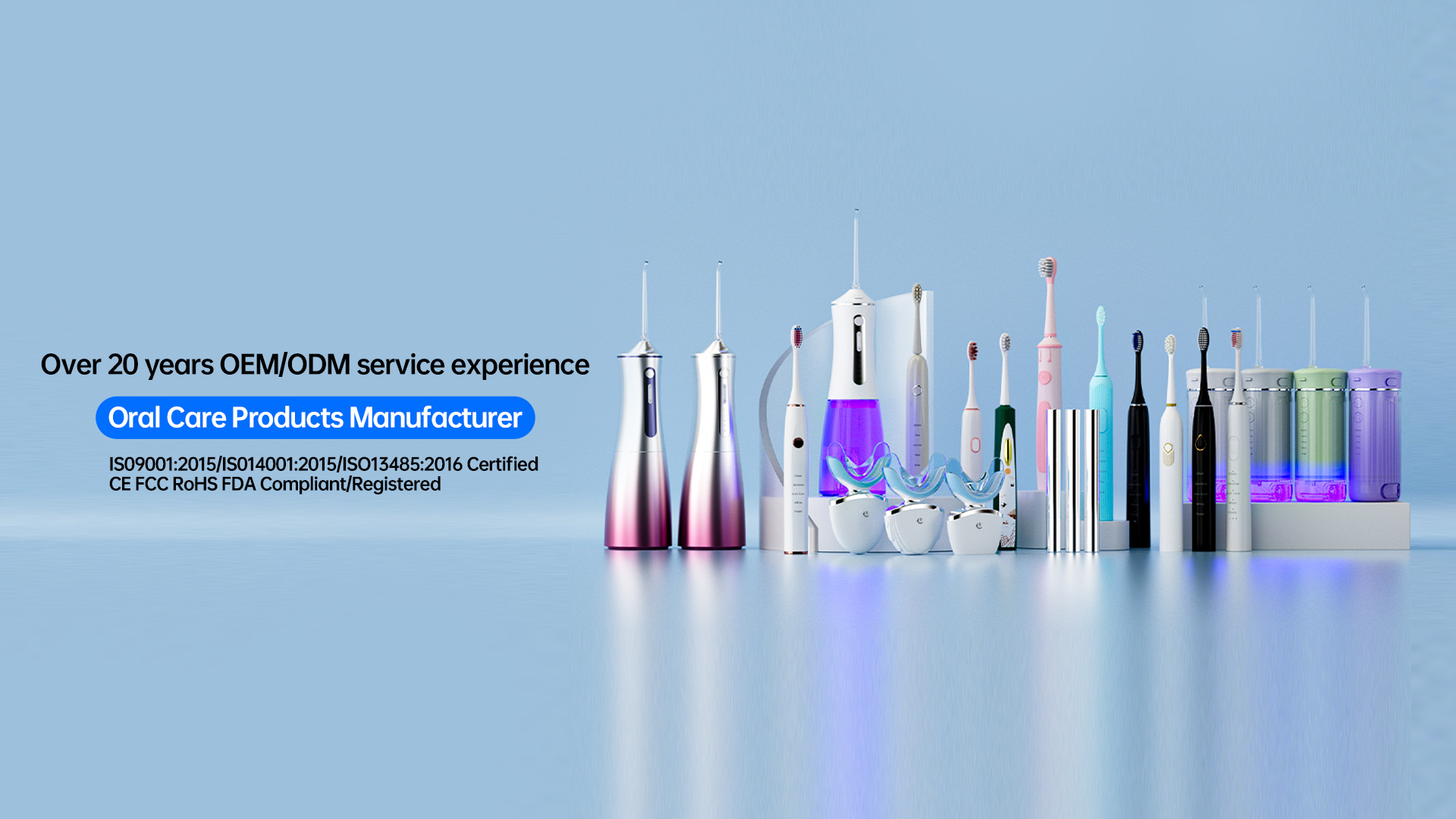
Ultrasonic electric toothbrush
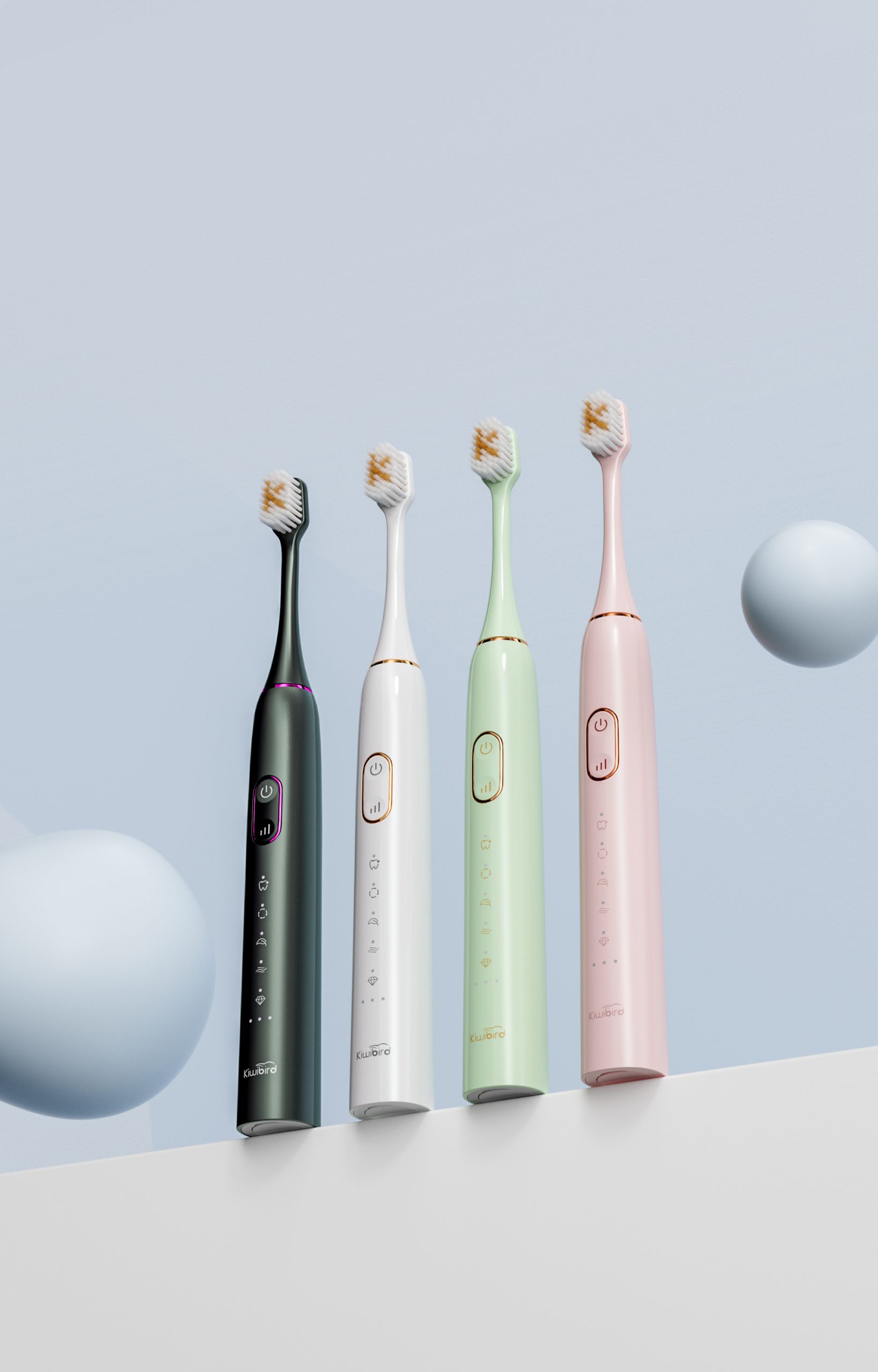
What’s Driving the Oral Care Category Now?
Pump Seizure Plus Gingival Abrasion – Critical?
Demineralization Zones with Jaw Fatigue – Silent Threat?

Competitive Wholesale Oral Care Products for Your Store – Bulk Deals & OEM Options

Customization Teeth Whitening Gel

Electric toothbrush heads Charcoal Infused-Diamond

electric toothbrush heads Charcoal Infuse-Round

electric toothbrush heads Regular Clean
.jpg)
Florida Electric Toothbrush – Powsmart PTR-C8

electric toothbrush heads Deep Clean

Private Label Whitening Gel

electric toothbrush heads Ultra Soft
whstapp
whstapp
National Toll-Free Service Hotline
+86 755 86238638